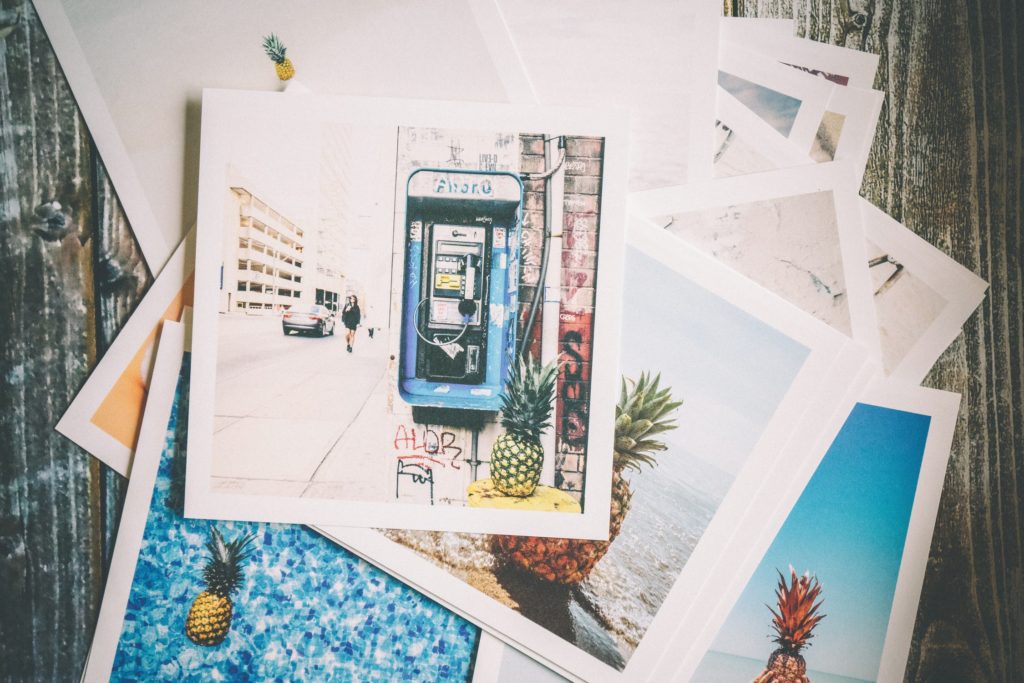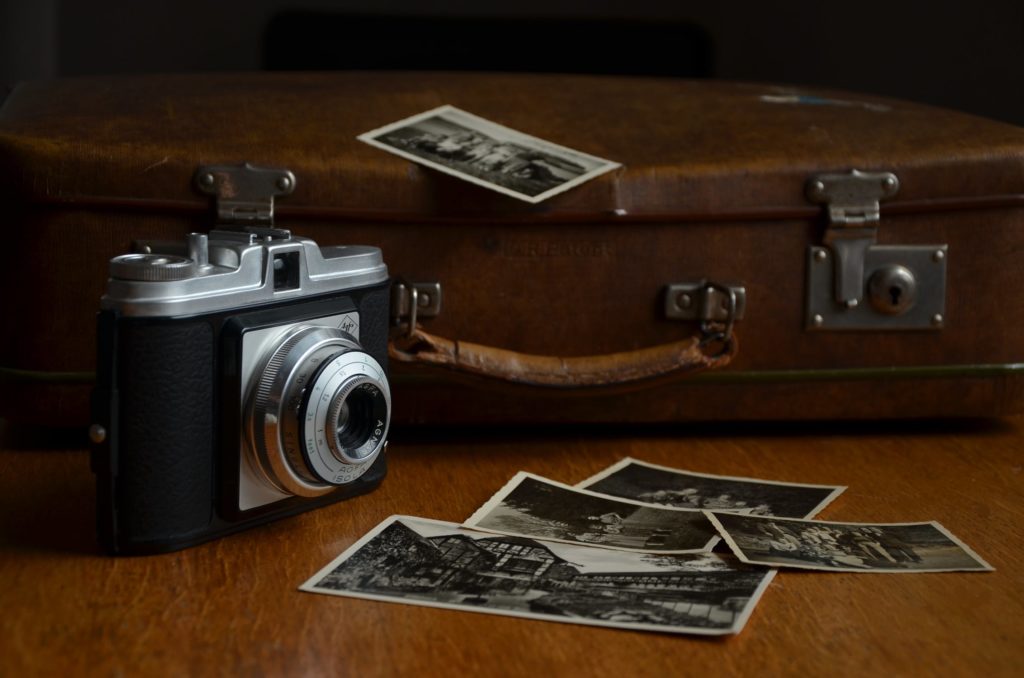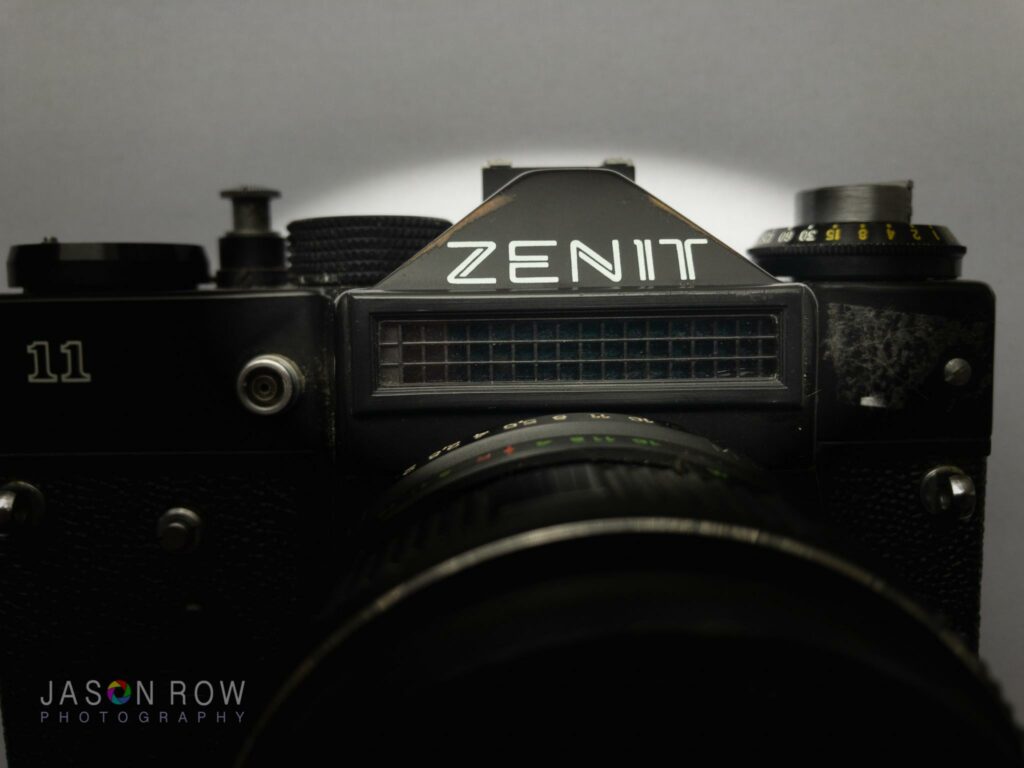I never pass up an opportunity to encourage photographers to print their photos. I gain nothing from it personally, I just think it’s a shame to let beautiful photos languish in a virtual realm where they will all but cease to exist ultimately.
A printed photo is “real.” You can’t scroll past it. You can’t delete it. You’re sort of forced to confront a print — not in a bad way, but in a way that is far more intimate than you could ever experience while looking at a photo on a screen.
It’s pretty easy to get your favorite photos printed, but to ensure you get a professionally printed photo that you’re happy with there are a few things you need to consider.
1. Materials
Paper remains the most popular material to print on, but you may be surprised at just how many paper options you have. Everyone knows about the standards: matte, luster and glossy finish papers. But there are also metallic, silk, deep matte, and textured papers.
How do you know which finish to choose? A lot of it comes down to personal preference, but the type of photo you’re planning to print is the biggest factor.
Luster paper is a great all-purpose option. Glossy works well for photos with bold colors. Textured papers are often chosen for fine art prints.
You will do well to research the various paper types that your prospective printer offers so that you can match your photo to the paper finish that best suits it.
Paper may be the most popular material but don’t overlook your other options, including canvas, metal, and…wood? Yep, wood.
Canvas is classic and classy and works well with just about any photo.
Metal is modern and vivid and can make both color and black and white photos really stand out.
Wood is something different. Wood can add a unique touch not only to the photo that is infused into it but also to the decor of any room.

2. Inks
Regardless of what material you ultimately choose for your print, make sure the company who is going to do the printing for you uses archival quality inks.
The ink an image is printed with will have a great impact on how long the print lasts. Inkjet prints are typically made using either pigment or dye inks.
Until recently it was said that dye-based inks generally offered a wider color gamut, making them a good choice when bold color reproduction was need; while pigment inks were the go-to option when long term fade resistance was of greatest importance.
More recent developments have narrowed the gap, making the differences between the two ink types more subtle, though those with very discerning sensibilities can spot the differences (black and white photographers sometimes prefer pigments over dyes).
Any print shop worth dealing with will certainly use archival quality inks and papers. If you want to be sure, however, it won’t hurt to ask and they should be more than happy to answer.

3. Company
It’s always nice to deal with a company that’s nice to you — one that has great customer service and treats you as though they actually want you as a customer.
Great customer service is about more than being nice, however. You want to make sure the company that prints your photos backs their work.
If something goes wrong and you aren’t fully satisfied with your print, you shouldn’t be stuck with it. Before submitting your work to be printed, ensure the company offers you some protection against defects — cracking, fading, poor craftsmanship, etc.
If there’s a problem of some kind, you should be able to get a refund or a replacement print.

Final Thoughts
If your photos matter to you, then you owe it to yourself to take the time to choose the right company to produce your prints. It’s better to pay a bit more upfront for a quality print that will last a lifetime rather than wasting your money and time buying and re-buying cheap prints.
Further Reading
- 4 Compelling Reasons To Print Your Photos
- Photographers, Why Aren’t We Printing Our Photos Anymore?
- Here’s Your Step By Step Guide To Printing Landscape Photographs





2 Comments
Excellent tips, thank you. Any thoughts on how to display the prints? I love printing but I’m out of space on my walls!
i just ordered my first enlargement on glass. Previously I’ve done canvas, steel and, of course, paper. Half the issue is the quality of the vendor, to whose mercy your precious image is surrendered; then there’s the expense, shipping costs, and the issues and expenses of framing, matting, etc. (if you choose to do that). I’ll stick with mastering opening and closing the shutter (which I’m still working on), and let the pros handle the rest. But sometimes they are not up to the job…